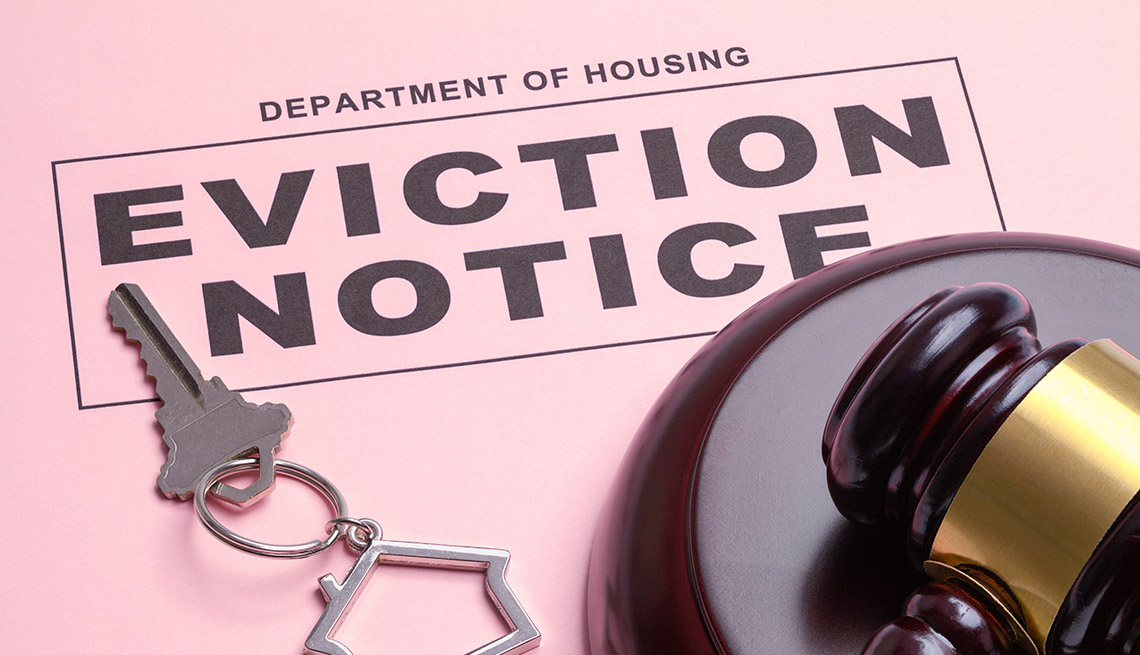
- Select a language for the TTS:
- UK English Female
- UK English Male
- US English Female
- US English Male
- Australian Female
- Australian Male
- Language selected: (auto detect) - EN
Play all audios:
Renters can only take advantage of the moratorium if they can prove they are unable to pay rent because of the pandemic, either because they lost their jobs or have extraordinary
out-of-pocket medical expenses. They may also take advantage of the moratorium if they felt that losing their home will result in homelessness or placement in a homeless shelter. In
addition, the eviction moratorium covers only those who expect to earn no more than $99,000 in 2021 (or $198,000 if married and filing jointly). The moratorium does not keep rent from
accruing, nor does it prevent landlords from evicting tenants for other reasons, such as damaging property or fighting with neighbors. Those who take advantage of the order must prove that
they are making their best efforts to make timely partial payments. (Homeowners also have extended relief available from lenders and loan servicers.) WHAT RELIEF IS AVAILABLE? Some states
and cities have extended the eviction moratorium. Maryland and the District of Columbia base their extension through the end of the national emergency period, and New Jersey's lasts for
two months after the end of the emergency period. Several federal agencies announced extensions through September 30th, 2021 of eviction and foreclosure moratoriums for residents of
properties financed or guaranteed by the U.S. government, including publicly-funded housing units, and those financed by Federal Housing Authority and Veterans Affairs loans or loans
securitized by Fannie Mae or Freddie Mac. The largest chunk of aid comes from the federal government, which approved $25 billion in emergency rental assistance (ERA) through the Consolidated
Appropriations Act of 2021, enacted in December. Another $21.55 billion came from the American Rescue Plan Act, enacted in March 2021, which also allowed funds to be used for moving and
other expenses. The money is disbursed according to a state's share of the national population. The assistance can last 12 months, with the possibility of one three-month extension.
State and local agencies are distributing the money, and many of these agencies, the Treasury Department says, are just getting up and running. Less than 10 percent of the money approved by
Congress has been paid out, according to _The Wall Street Journal._ “While some state and local programs are increasingly reaching households in need, others lag far behind, and many
programs have just launched in recent weeks,” Treasury said in a July 2 statement. HOW TO GET AID The first step is finding a state or local agency that can help you. One of the most
comprehensive directories is maintained by NLIHC, which promises users are just two or three clicks away from an application. Alabama, for example, has eight agencies distributing rental
assistance, which includes a statewide agency, several county agencies and one for the Choctaw tribe.








